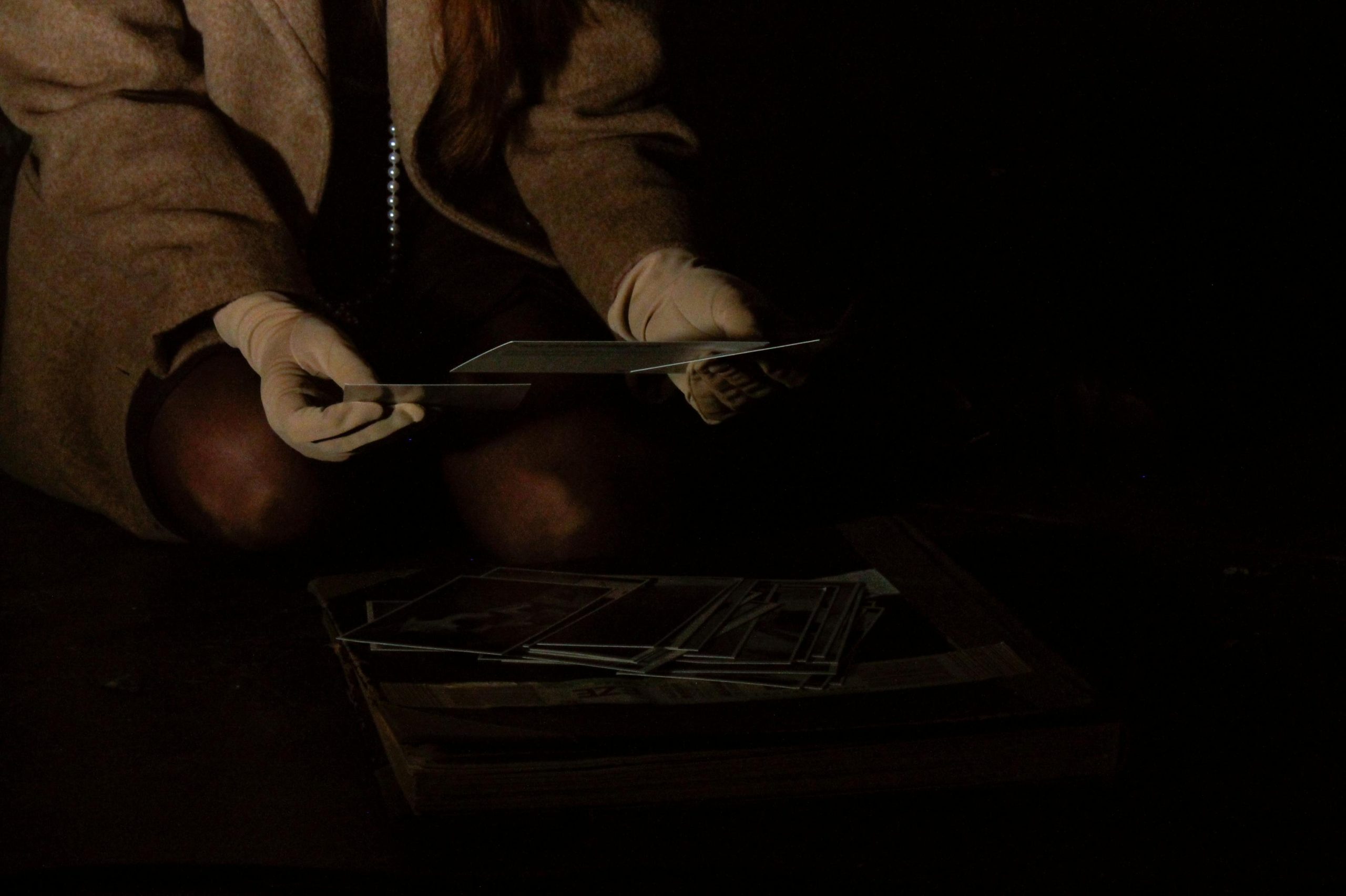From the depths of ancient ruins to cryptic inscriptions etched into stone, history has left behind a trail of enigmatic clues that continue to baffle scholars today. These hidden messages, artifacts, and structures challenge our understanding of past civilizations, sparking debates and inspiring countless theories. While modern technology has unlocked some of these mysteries, others remain stubbornly unsolved, leaving experts to wonder what secrets our ancestors were trying to preserve—or conceal.
The Voynich Manuscript: An Undeciphered Enigma
One of the most perplexing artifacts in history is the Voynich Manuscript, a 15th-century book filled with bizarre illustrations and an unknown script. Despite decades of analysis by cryptographers, linguists, and historians, no one has been able to decode its contents. The manuscript features:
- Unidentified plant species that don’t match any known flora
- Astronomical diagrams with no clear connection to real celestial bodies
- A script that doesn’t resemble any known language
Some theories suggest it’s an elaborate hoax, while others believe it holds lost alchemical or medical knowledge. The truth remains elusive, making it one of history’s greatest linguistic puzzles.
The Nazca Lines: Giant Geoglyphs of Unknown Purpose
Etched into the arid plains of southern Peru, the Nazca Lines are massive geoglyphs depicting animals, plants, and geometric shapes, some stretching over 1,200 feet. Created by the Nazca culture between 500 BCE and 500 CE, their purpose is still debated. Possible explanations include:
- Astronomical calendars aligning with celestial events
- Religious or ritual pathways for ceremonial processions
- Alien communication, a fringe theory popularized by Erich von Däniken
Despite extensive research, no single theory has been universally accepted. The sheer scale and precision of the lines, visible only from the air, add to their mystique.
The Antikythera Mechanism: An Ancient Computer Ahead of Its Time
Discovered in a shipwreck off the coast of Greece in 1901, the Antikythera Mechanism is a complex, clockwork device dating back to the 2nd century BCE. Often called the world’s first analog computer, it was used to predict astronomical positions and eclipses. What confounds scholars is its sophistication—technology of this complexity wasn’t thought to exist for another thousand years. Key features include:
- Interlocking bronze gears with precise engineering
- Dials tracking lunar and solar cycles
- Possible connections to lost Greek astronomical knowledge
How the ancient Greeks developed such advanced mechanics remains a mystery, raising questions about lost scientific traditions.
The Easter Island Moai: How Were They Moved?
The towering Moai statues of Easter Island, some weighing over 80 tons, have long puzzled archaeologists. Carved by the Rapa Nui people between 1400 and 1650 CE, these monolithic figures were transported miles across the island without modern machinery. Theories about their transportation include:
- Wooden sledges rolled on logs
- Walking the statues upright using ropes (a method demonstrated experimentally)
- Spiritual or supernatural means, as suggested by local legends
While recent experiments support the “walking” theory, the exact methods used by the Rapa Nui remain uncertain, as does the reason for the civilization’s eventual collapse.
The Copper Scroll Treasure: A Lost Biblical Fortune?
Among the Dead Sea Scrolls, the Copper Scroll stands out—not for its religious content, but for its cryptic list of hidden treasures. Dating to the 1st century CE, it describes vast quantities of gold and silver buried at various locations. Yet, despite numerous searches, none of these treasures have been found. Possible explanations include:
- The treasure was looted long ago
- The locations were deliberately obscured to protect the wealth
- It’s an allegorical text rather than a literal treasure map
Whether the scroll is fact or fiction, its true meaning—and the fate of the treasure—remains one of archaeology’s enduring riddles.
These ancient mysteries remind us that history is far from fully understood. Each discovery raises new questions, proving that the past still has secrets to reveal. As technology advances, perhaps some of these puzzles will be solved—but for now, they continue to captivate and confound scholars and enthusiasts alike.
